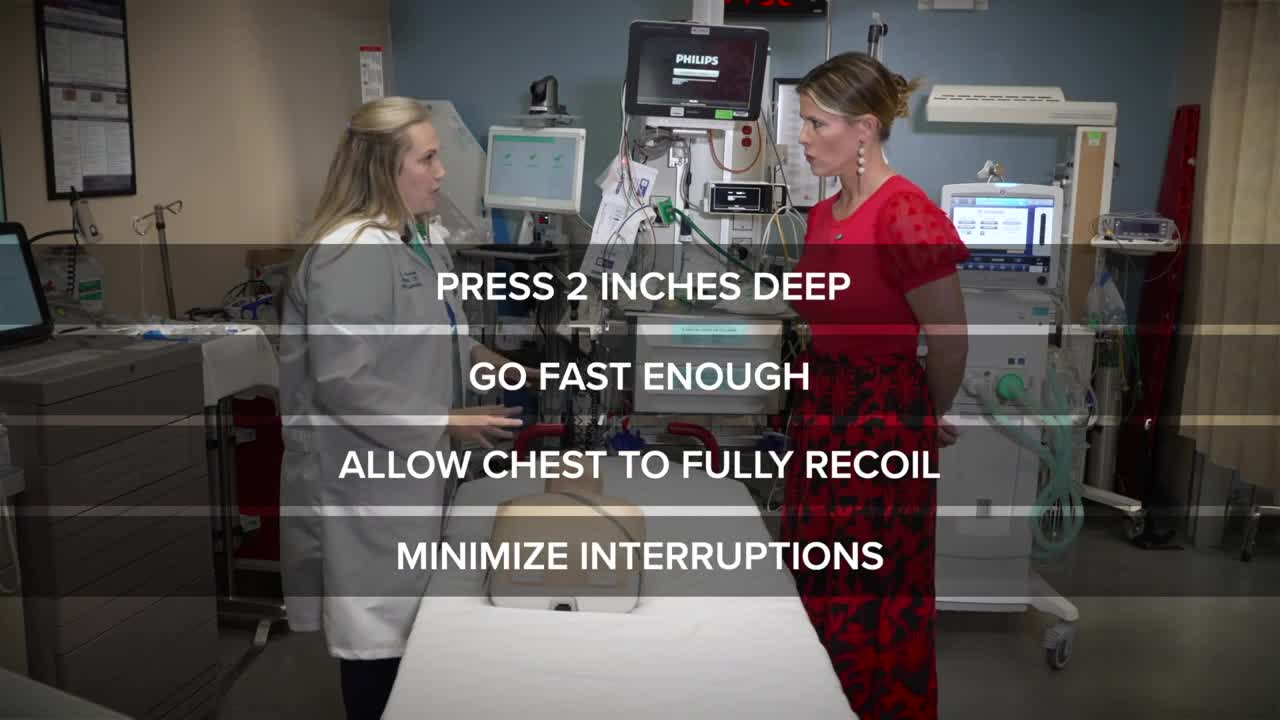KANSAS CITY, Kan. — Despite falling into a Kansas City, Kansas, pool earlier this year and remaining underwater for almost nine minutes, a 4-year-old boy survived.
The boy’s amazing story highlights the work of several people on the “survival chain.”
“That’s the best feeling ever,” Kansas City, Kansas, Fire Department Communications Manager Maria Myers said of the successful outcome. “Let me tell you, when you answer that phone and you hear the screaming ‘There’s a child that’s not breathing,’ or a drowning, yeah, you keep your calm, but inside, you are like ‘Oh, what am I going to do?’”

In Part 1 of this series, we detailed how first responders from 911 dispatchers, police officers, firefighter/paramedics and EMS crews all worked seamlessly to bring the boy back to life.
You can watch Part 1 in the video player below.
Caitlin Knute, KSHB 41: How proud are you of your crews, especially particularly in this incident?
Kansas City, Kansas, Fire Chief Dennis Rubin: Truly very, very proud of this team of folks who worked so hard to save a 4-year-old’s life.
First responders know and train for their role in the Survival Chain, but bystanders can also play an important part just by knowing how to perform CPR.
“The family showed up,” Kansas City, Kansas, police Ofc. JiRee Police, who was among the first responders who arrived at the pool. “The family was already performing CPR. As long as you get blood circulating, we can take over from there and save a life.”

Bystander CPR does not require mouth-to-mouth breath help. It’s just chest compressions. Medical professionals say it should be started as soon as you realize someone is not breathing.
“You can tap and shout, ‘Are you OK?’ And if they don’t respond and you do not see normal breathing or even gasping, then we know it’s time to start CPR,” said Christine Fenwick, a nurse educator at University Health.
You can see a demonstration of bystander CPR in the video player below.
“We try to encourage everyone we run into to just that basic first-aid can really make a difference in someone’s life,” Capt. Jeffrey Veilhauer, KCKFD paramedic said.
It’s possible to break ribs while performing CPR, but officials say you shouldn’t stop.
If you are interested in in-person or online CPR training, just do an online search “CPR classes near me.”
—




